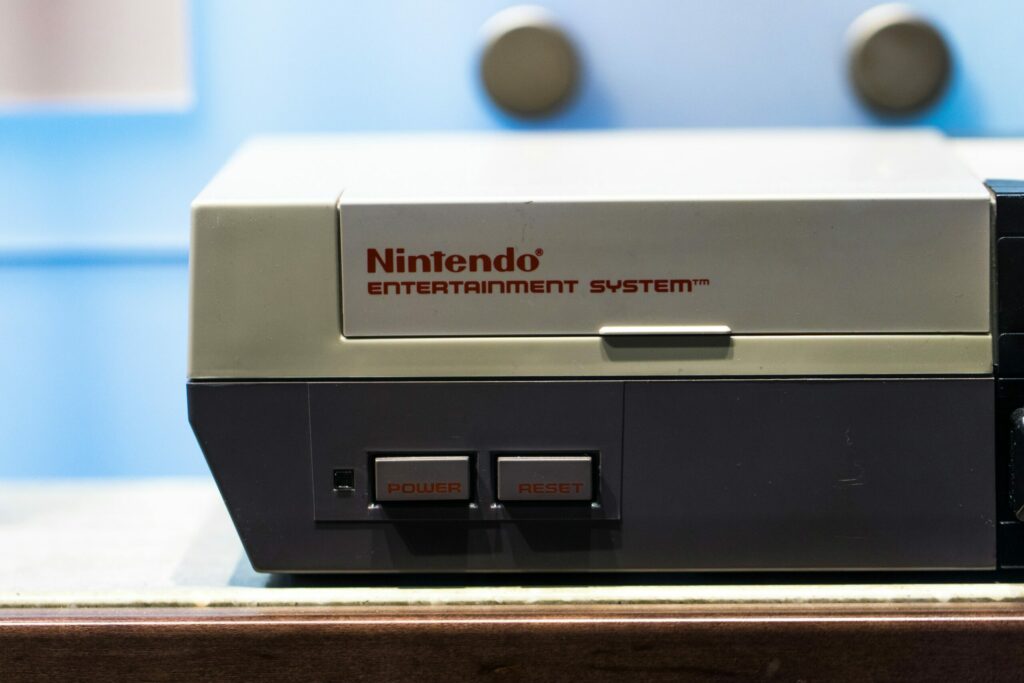If you scroll through social media, you may come across an old song or a style of clothing that was once popular. Companies understand that when people see something familiar, they are more likely to pay attention. As social media became a major part of daily life, old trends began to come back again and again. Brands noticed that people enjoy looking back on past experiences, so they started using those memories to market new products through nostalgia marketing.
Why Nostalgia Works
Nostalgia is the feeling you get when something reminds you of a positive time in the past. For older generations, like millennials, it can bring back meaningful memories from their youth. For younger people, such as Gen Z, it offers a window into what life was like before they were born.
Researchers from the University of Southampton explain that nostalgia is not just about wishing to return to the past. It is the feeling you get when something, such as a song or a scent, evokes a meaningful memory. Nostalgia can evoke both happiness and a sense of sadness at the same time; people might smile because they remember something good, but also feel a profound longing. This mix of emotions can help people feel more relaxed, positive, and connected to what matters most in their lives.
Companies know this feeling works really well. When they bring back old logos, songs, or designs, people feel like they are part of something familiar. It helps them trust the brand, creating brand trust and reinforcing that emotional connection.
How Brands Use Memories in Marketing
Today, using nostalgia marketing is one of the most common tricks in online advertising. Instead of just showing pictures or ads, companies try to evoke emotions that people already have.
Social media makes this process much easier. On platforms like TikTok or Instagram, an old song or photo can quickly become popular again. These small reminders often make people pause and reflect, thinking, “Oh, I remember this!” That moment of recognition builds an emotional connection with the brand.
Some companies take it even further by relaunching limited-edition products from past decades or collaborating with retro pop-culture icons. These strategies often improve brand trust because they make the brand seem authentic and familiar.

Coca-Cola used nostalgia marketing in its “Share a Coke” campaign. Instead of the regular logo, the bottles featured people’s names. Finding your name on a bottle felt personal and engaging, reminding many people of friends and family and helping the brand feel new again while maintaining brand trust.
Nintendo did something similar with the NES Classic Edition, a smaller version of its old video game console. It included many classic games people enjoyed in the past, and it sold out quickly because it evoked strong childhood memories for many players. That’s a perfect example of nostalgia marketing building a powerful emotional connection.


Even fashion joined the trend. Low-rise jeans, shiny clothes, and chunky jewelry from the early 2000s are popular again, just with a modern twist. People love that these styles remind them of the past but still fit today’s trends, which helps maintain brand trust.
The Line Between Real Feelings and Manipulation
Nostalgia can make people feel happy and connected, but sometimes companies use it too much. They try to make people buy things by playing with their emotions. It can be hard to tell if they really care about the past or if they just want to make money through nostalgia marketing.
For example, thrift stores were once places to find affordable, second-hand clothes. However, as vintage fashion became more popular, many stores raised their prices to make more money. This shift made some thrift stores focus less on recycling and more on business, breaking brand trust with loyal customers.
People can often tell when a brand is being genuine or just pretending. The most successful companies share real stories and create authentic emotional connections. When brands seem inauthentic, people may lose brand trust.
Here are some advices that you could follow to avoid falling into the trap of nostalgic marketing manipulation:
- Think before buying: ask yourself if you want the product or just the feeling it gives you.
- Compare prices and quality: don’t pay more just because it looks vintage or familiar.
- Be aware of emotional triggers: music, colors, or old logos are designed to make you feel safe and happy and create an emotional connection.
- Don’t rush: wait a day before purchasing; emotions fade, but needs stay clear.
- Question the message : ask what the brand wants you to believe about the past.
- Look for substance: nostalgia should not replace real innovation or value.
- Stay critical on social media: influencers and ads often use nostalgic trends to drive engagement.
- Relive memories your own way: watch old movies, cook family recipes, or listen to old songs instead of buying.
- Talk about it: sharing your impressions with friends helps you see marketing tricks more clearly.
- Educate yourself: understanding how nostalgia works makes it easier to recognize manipulation.
When Nostalgia Really Means Something
Nostalgia is special when it is more than just a marketing strategy. The best brands do not copy the past. They use it in new ways that make sense today. A good throwback reminds people of something they loved but still feels new and exciting. When it is done right, nostalgia does not make people sad or stuck in the past. It helps them enjoy the present while remembering the good old times.
References
Hepper, E., Ritchie, T., Sedikides, C., & Wildschut, T. (n.d.). What nostalgia is and what it does. University of Southampton. https://www.southampton.ac.uk/nostalgia/what-nostalgia-is.page
Green, W. (2025, July 1). Nostalgia in marketing: A global analysis of successes, failures and psychology. Marketing Made Clear. https://marketingmadeclear.com/nostalgia-in-marketing-a-global-analysis-of-successes-failures-and-psychology/
Newman, P. (2025, September 4). How and why luxury brands use nostalgia marketing. Block & Tam. https://www.blockandtam.com/insights/nostalgia-marketing-luxury
Kenan, J. (2024, April 10). Thanks for the memories: How to use the power of nostalgia marketing. Sprout Social. https://sproutsocial.com/insights/nostalgia-marketing/
